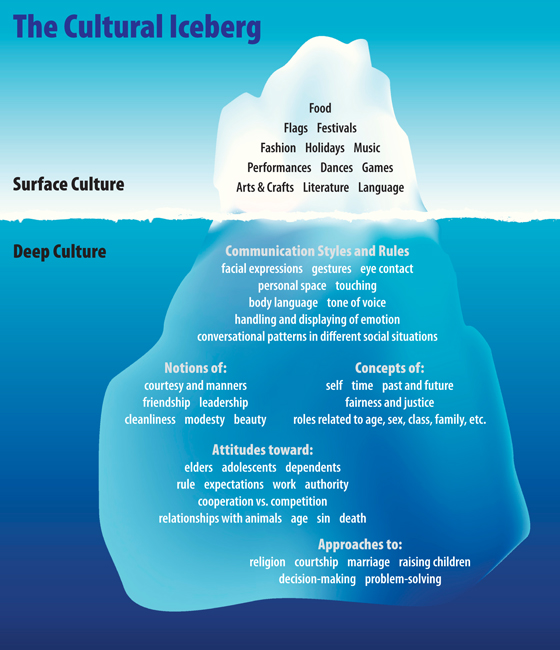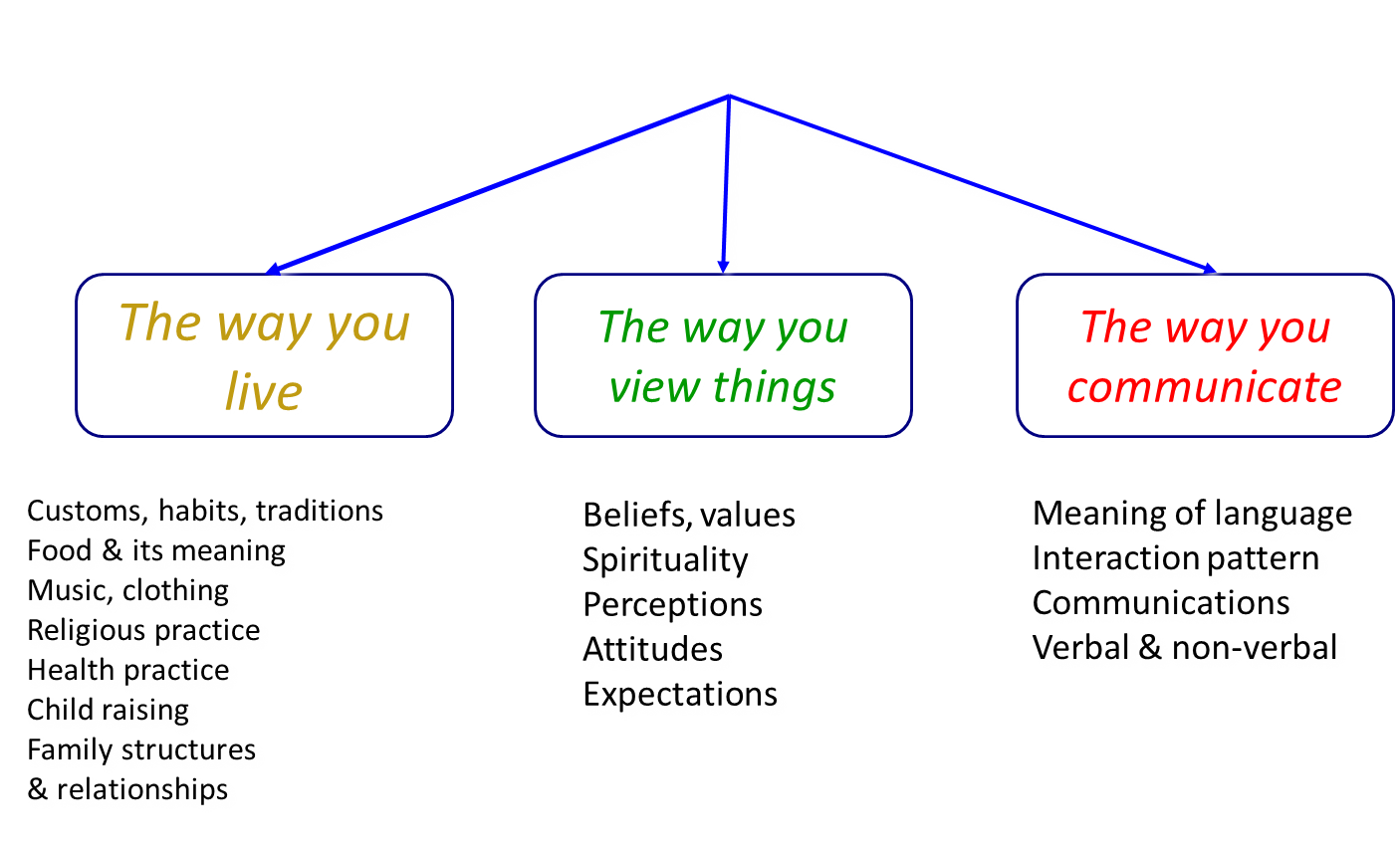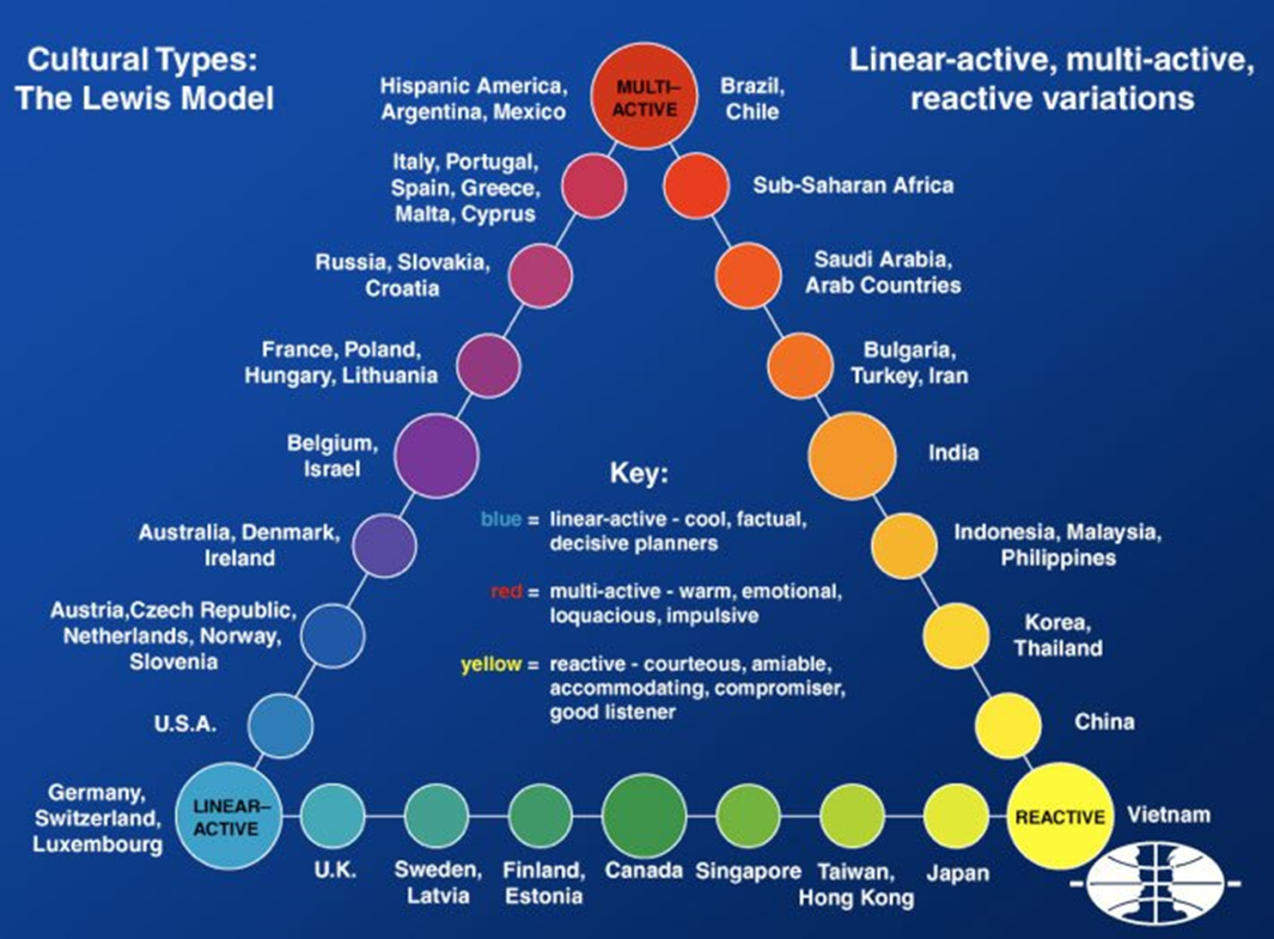
The importance of Understanding Business Culture
Business Culture – One of the essential things in business is culture; legendary management consultant Peter Ducker once commented that “Culture eats strategy for breakfast”.
For organizations of all sizes, understanding and addressing cultural issues have become increasingly important in today’s business environment due to the following reasons:
1. With increased global competition, organizations need to focus on the need to offer the best customer service to distinguish themselves from their competitors and survive.
2. The workforce within organizations has become increasingly diverse, so these organizations need to adapt and manage this diversity.
3. Customers base their expectation on their core values and beliefs. These expectations can change when customers are found in many countries and come from different cultural backgrounds.
4. As production becomes increasingly automated or has moved to low-cost countries. More companies in the “de-industrialized” countries are increasingly focused on offering and exporting services.
How does business culture affect my organization?
Culture can affect organizations, of all sizes, in the following areas:
- Determining strategies for the organization.
- Establishing business goals.
- Understanding how the organization operates.
Organizational leadership effectiveness is contextual and embedded in the societal & organizational norms, values, & beliefs of the people being led.
Has business culture become less relevant in today’s globalized world?
Because of advances in communications technology and globalized travel, some critics may say that cultures of different countries are converging.
However, national and regional identities are very resilient, are persistent and are often encouraged by local laws or customs. One example of this is the amount of time which different countries spent eating and drinking per day. A OECD report highlighted the fact that France spends 2 hours and 11 minutes per day eating and drinking. While the lowest-ranked nation in the OECD, the USA, only spent one hour and one minute per day eating and drinking.
So the example above highlights how breaks for employees may need to be differentiated in certain countries to accommodate this cultural difference.
Another example from research has shown that when advertising a job posting. British people tend to focus their attention on the pay and perks area in an advertisement while people from France and Germany concentrate their attention on the qualifications required to apply for the role.
What areas do I need to look at to try and analyze the different cultures?
The first challenge is how to describe the culture. The second challenge is how to either adapt your organization to the culture or change the culture.
Challenge One: Describe Culture
The famous Chinese philosopher Confucius said that “All people are the same. It’s only their habits that are different”.
A definition of culture is “the total of the beliefs, rules, techniques, institutions and artefacts that characterize human populations” or “the collective programming of the mind.”
Culture is a very complex and evolving entity. A popular way and tool used to describe a culture is the “Cultural Iceberg” model. The cultural Iceberg assists individuals to look at the Surface Culture and the Deep Culture.
Challenge Two: Adapt your organization to the culture or change the culture.
When trying to decide on what actions to take about culture, your responses will depend on the scenario in which you need to address. For this article, I will focus on individuals and countries as this covers the core of the challenges which companies face in the area of culture.
1. The Individual – This can relate to individual employees or individual customers and their own uniquely personal way of operating.
2. The Country – The focus is on groups and the comparisons and differences between people from different countries.
1. Understanding Individual Cultural differences
“The same behaviour can have different meanings, AND, different behaviours can have the same meaning.”
Most business involves service encounters with customers from different cultures. Ignorance of core culturally sensitive values leads to sometimes incorrect beliefs resulting in unhappy customers/staff and lost business.
Research indicates that employees/managers who are culturally sensitive provide better service as they can culturally adjust to particular customer’s needs & wants.
On the whole, industries are failing to account appropriately for cross-cultural understanding in management training initiatives.
The best way to try and adapt to an individual’s culture is to try and be aware of three different core areas of that person. Best practice for managers to try and understand an individual from their perspective in three essential areas:
1. The way you live.
2. The way you view things.
3. The way you communicate.
2. Understanding Country Cultural Differences
In the 1990s HSBC bank ran a very humorous advertising campaign which highlighted a simple divergence between the British and the Chinese eating culture https://www.youtube.com/watch?v=3aQpHNOh_io
Richard D Lewis in his 1996 book “Where Cultures Collide” provides a guide to working and communicating across cultures, and explains how your culture and language affect how you think and respond.
He created three central core defining native cultures and compared peoples from various countries using these characteristics.
The central core characteristics are:
– Linear-active — those who plan, schedule, organize, pursue action chains, do one thing at a time. Germans and Swiss are in this group.
– Multi-active – those who do many things at once. They plan their priorities not to a time schedule, but to the relative thrill or importance that each appointment brings with it. Italians, Latin Americans and Arabs are members of this group.
– Reactive — those cultures that prioritize courtesy and respect, listen quietly and calmly and react carefully to the other side’s proposals. Chinese, Japanese and Finns are in this group.
The main characteristics are:
|
Liner Active · Talks half of the time · Does one thing at a time · Plans ahead step by step · Polite but direct · Confronts with logic · Task-oriented · Sticks to facts · Results-orientated · Sticks to agenda · The written word is important · Has Restrained Body Language |
Multi-Active · Talks most of the time · Does several things at once · Plans grand outline only · Emotional · Confronts emotionally · People-oriented · Feelings before Facts · Relationship orientated · Roams back and forth · The spoken word is important · Unrestrained body language |
Reactive · Listens most of the time · Reacts to partners action · Looks at general principles · Polite and indirect · Never confronts · Very people-oriented · Statements are promises · Harmony oriented · Often asks for “repeats.” · Face to Face is important · Subtle body language |
A country by county analysis:
Some Key differences between Western and Eastern Business Cultures
No one can learn all the differences in cultural norms between one’s own country and the foreign place of business. But below is an overview of some key differences between Western and Eastern Business Cultures:
| Communication Styles | |
| Western Culture View | Eastern Cultural View |
| – Direct, Blunt
– Polite, Talkative, Extrovert – Persuasive – Medium-strong eye contact – Linear-active – Unambiguous, Decisive – Problem-solving – Interrupts – Half listens – Quick to deal – Concentrates on power |
– Indirect, Diplomatic
– Very courteous, Reserved, Introvert – Recommending – Weak- eye contact – Reactive – Ambiguous, cautious – Accepting of the situation – Does not interrupt – Listens carefully – Courtship dance – Concentrates on agreed agenda |
| Values | |
| Western Culture View | Eastern Cultural View |
| – Democracy, Equality
– Individualism – Human rights – Equality for women – Social mobility – Status through achievement – Facts and figures – Social justice – New solutions – Vigour – Linear time – Results orientation |
– Hierarchy, Inequality
– Collectivism – Acceptance to status – Male dominance – Established social class – Status through birth & wealth – Relationships – Power structure – Good precedents – Wisdom – Cyclic time – Harmony orientation |
| Organizational patterns | |
| Western Culture Views | Eastern Cultural View |
| – Individual as a unit
– Promotions by achievement – Profit orientation – Decisions by competent individuals – Specialization – Professional mobility |
– Company and society as a unit
– Promotion by age or seniority – Contracts as renegotiable – Decision by consensus – Job rotation – Fixed loyalty |
Tips on business culture for Organizations
“Culture is more often a source of conflict than of synergy. Cultural differences are a nuisance at best and often a disaster” – Prof. Geert Hofstede, Emeritus Professor, Maastricht University.
Business Managers can more successfully manage differences in culture if they:
1. Understand their own cultural biases and assumptions.
2. Consider the reasons why different culture’s ways of doing things make sense in the light of their cultural assumptions.
3. View cultural assumptions and methods of doing things not as irreconcilable differences, but rather as different starting points that can be integrated to develop uniquely competitive solutions.
4. When trying to quickly assess the core values of a particular culture to provide a better service, one needs to look at the following areas:
- Sense of self and space.
- Communication and language.
- Dress and appearance.
- Food and feeding habits.
- Time and time consciousness.
- Work habits and practices.
- Relationships.
- Values and norms.
- Beliefs and attitudes.
Business Culture – Web Resources
About the Author
Aidan Conaty is an international business & trade consultant and the founder of TCI China and Goodada.com. Aidan has spent over 15 years assisting companies to trade internationally. TCI China provides trade support services for China. Goodada helps companies to trade internationally.
Aidan can be contacted email at aidan@goodada.com or at:
- (Europe/ Rest of the World) +353 1 885 3919
- (UK) +44.020.3287.2990
- (North America) +1.518.290.6604



